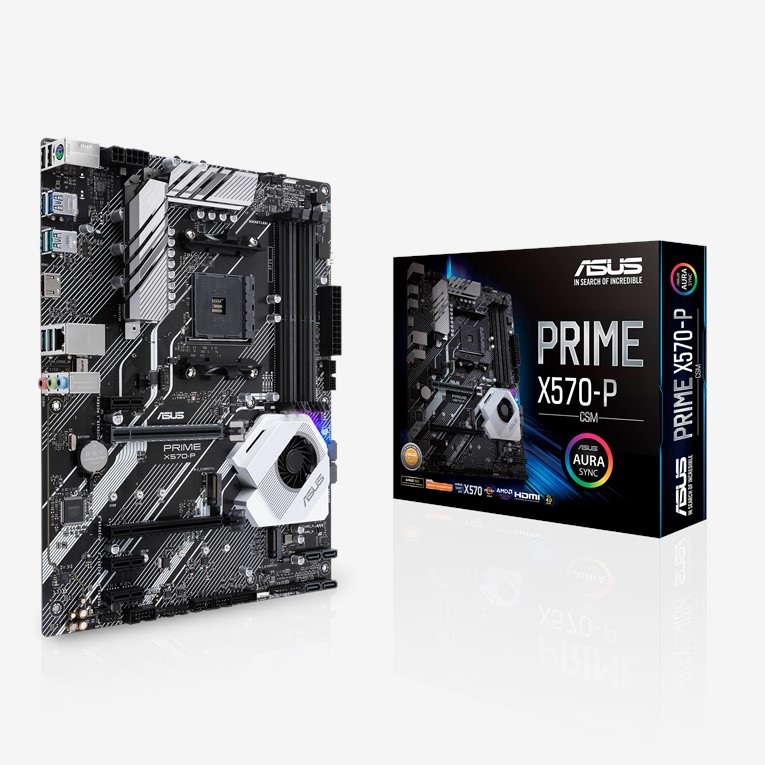In the following, Matob News will explain what the Motherboard Function is in full so that it is hoped that it will provide an in-depth understanding for you.
Motherboard Functions
The motherboard is the main circuit board of a computer, and the following are the other components built into it:
- Input/output ports
- Peripheral connection
- PCI expansion slot
- Bus and power connector
- Heat sink and mounting points for fans and key components, including optional central processing unit (CPU) and coprocessor
- Support chipset for CPU, bus and external components
- BIOS
- Memory sockets for RAM, ROM and cache
- Interconnect circuit

This motherboard is also referred to as the Main Board, Mobo, System Board or Planar Board. Apple computers refer to the motherboard as a logic board aka the Logic Board.
Advanced Technology (AT) motherboards are the most common and are based on the IBM AT motherboard – a design that was upgraded to the Advanced Technology Extended (ATX) specification.
Components such as external storage, video displays, sound controllers, and peripheral devices can be attached to the motherboard. However, these components are increasingly integrated into the motherboard.
For example, disk controllers, graphics controllers supporting 2D/3D graphics and TV input, sound card outputs, fast Ethernet network controllers, USB 2.0 controllers (with up to 12 USB ports), infrared data communication IrDA controllers (for mobile phones and printers) and sensors temperature, voltage, and fan speed may all be contained within the motherboard.
Hopefully our explanation of what the Motherboard Functions will be able to help you get to know and explore more about the topics we discuss in this article.
